A Newcomer’s Guide to Venomous Snakes of the Southeast
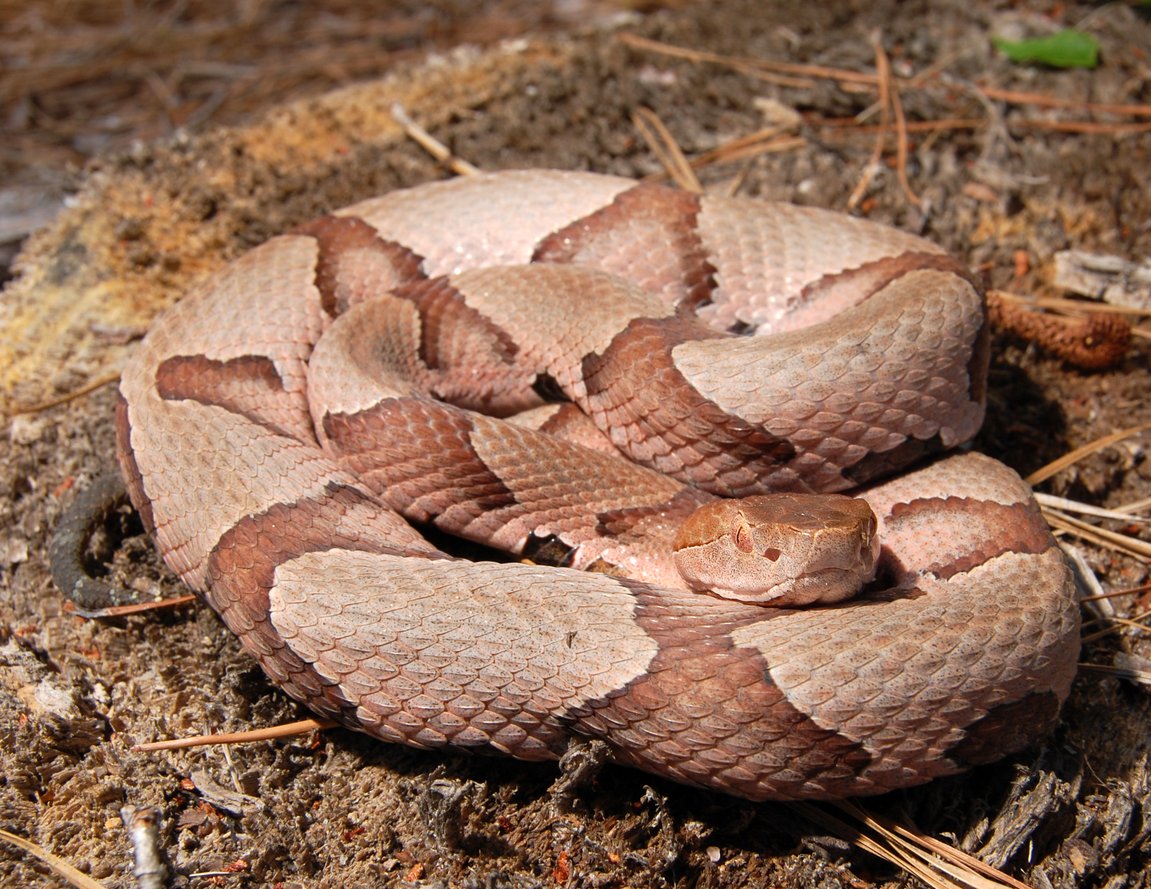
New to the Southeastern US and worried about snakes? A survival expert and native Southerner shares what you need to know to keep yourself safe, including the types of snakes to watch out for, how to avoid them and what to do if you come into contact with one.
Contrary to popular belief, poisonous snakes are not the monstrous creatures often portrayed as evil and threatening.
In reality, they are valuable additions to the flora and fauna of the Southeast. They serve a beneficial role in helping to control destructive rodents and the study of snakes (herpetology) is of keen interest.
Here, I'll provide a basic guide to venomous snakes of the Southeast, including which states have the most bites, different varieties and how to co-exist with them safely and respectfully.
Poisonous Snakes Of The Southeast
Poisonous snakes can be dangerous, but most are reclusive and pose a threat only when disturbed.
North Carolina has the highest bite rate, at 157.8 bites per million people, and Arkansas is third, with 92.9 bites per million annually. Virginia is fifth with a bite rate of 48.7 per million.
Surprisingly, the death rate from poisonous snake bites for the entire U. S. is only 1 in 500 bites. You have a higher chance of dying from a lightning strike than from the bite of a poisonous snake. Also, more people die from bee stings and spider bites. Some bites are called “dry bites” because they do not transmit venom to the victim.
The United States Geological Survey defines the Southeastern United States as comprising the states of Alabama, Arkansas, Florida, Georgia, Kentucky, Louisiana, Mississippi, North Carolina, South Carolina, Tennessee, as well as Puerto Rico, the United States Virgin Islands and Virginia.
When compared to snake bite fatalities, lung cancer claims more than 160,000 lives annually in the U.S., and car and motorcycle accidents claim almost 40,000 lives annually.
At least one species of venomous snake is found in each of the Southeastern United States.
There are areas in North Carolina and Virginia that have only one venomous variety, but coastal South Carolina and southern Alabama have as many as six species.

Snakes Present in the Southeastern United States
Fifty species of snakes inhabit the Southeastern U. S. This number includes the non-poisonous and poisonous varieties.
The venomous snakes include:
- Coral
- Copperhead
- Cottonmouth
- Rattlesnake
The Cottonmouth, Copperhead and Rattlesnake are the most commonly encountered species, while coral snakes are less common.
Pit Vipers are venomous snakes that have a heat-sensitive pit between the eyes and nostrils. Cottonmouth, Copperhead and Rattlesnake are included in this category.
The sensitive pit allows them to detect the presence of warm-blooded prey and home in on their location.
Many snakes, such as the Cottonmouth, are confused with the more common Brown Watersnake, which is non-venomous. When encountered, the Cottonmouth, true to its name, reveals a cotton-white mouth when it strikes a threatening pose.
The Brown Watersnake is seldom found far from water. Their primary diet is fish. They hang over waterways and drop into the water when disturbed. They hunt by curling their body around a limb, with the front part of the body in the water, where they ambush fish.
Several years ago, I had the pleasure of meeting Whit Gibbons, a herpetologist and Professor Emeritus of Ecology at the University of Georgia. He and Mike Dorcas, a fellow herpetologist, co-authored a wonderful reference book entitled “Snakes of the Southeast”.
It is a fact-filled book with splendid details about snakes (both venomous and non-venomous) and is accompanied by vivid photographs that make snake identification easy. He gifted me a copy, and it has been a valued reference through the intervening years.
It is highly recommended to all who have an interest in information about snakes.
Diet of Snakes
Venomous and non-venomous snakes have similar diets. Small mammals such as mice, voles, squirrels and even large insects may represent part of the diet.
Surprisingly, many snakes are cannibalistic, and other snakes comprise a large part of their diet.
Snakes catch their prey by ambush, which is accomplished by remaining extremely still and using their lightning-like strike to capture the intended victim. Once they bite the prey, their backward-facing fangs make it almost impossible for the victim to escape.

Personal Encounters with Snakes
On a personal note, I have encountered many Brown Watersnakes when Bullfrog gigging. At the time, we called them water moccasins (Cottonmouths), but later realized that they were non-venomous Brown Watersnakes.
Once, when trout fishing, I saw a Brown Watersnake swimming downstream from above me. When he reached my location, he allowed his body to drape around my bare leg to rest in the current. After a brief time, he moved on downstream.
On occasion, I have had black snakes become entangled in netting that I use to cover blueberry bushes in the spring. Much to my wife’s displeasure, I released them unharmed. They are beneficial in discouraging mice and other snakes from the property.
When I was a child, my family had a small Rat Terrier. She was death on snakes, and it was not uncommon to find a gift from her lying on the steps or nearby. She frequently showed the effects of a poisonous bite with her head swollen to more than its normal size.
Tips on Avoiding Poisonous Snakes
Most poisonous snakes are reclusive, but some do hang around in gardens and near hiking trails, and in rare cases, can even end up in live mouse traps!
Here are some commonsense tips for avoiding venomous snakes:
- When gardening or landscaping, throw down a hoe or rake before stepping into brushy areas, areas thick with plants or before lifting up debris piles. This will typically scare the snakes away
- Keep fallen logs, debris piles and leaves cleared away from your yard
- When hiking, step on top of stumps or fallen logs versus over them to avoid startling hidden snakes
- Teach children to take care when turning over logs or stones, especially if you live in a state with a high bite rate or many poisonous snakes
- Keep firewood and log piles off the ground. These are favorite spots of rattlesnakes
- If you set live mouse or rat traps, empty them carefully as copperheads have been known to get caught in them
- Take extra care during dry, hot seasons as that's when snakes come out looking for water
- If you hear a rattle, stop where you are and slowly observe the area until you see the snake. Don't make any sudden movements or try to harm the snake. Move very slowly out of range
Fortunately, mankind has learned the value of snakes in the natural world, and rather than killing them on sight, they are allowed to exist in nature.
The more people learn about snakes and how to co-exist with them, the safer both snakes and humans are.
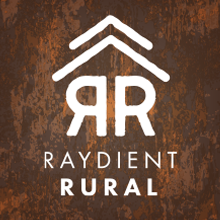




.jpg?width=100&height=100&name=IMG_1638%20(2).jpg)

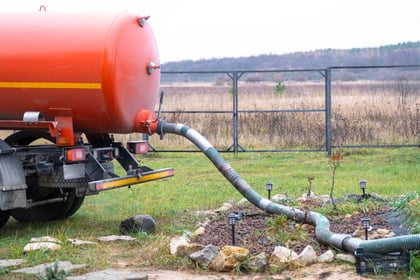

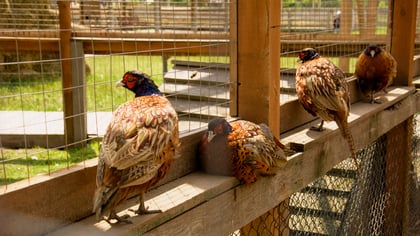
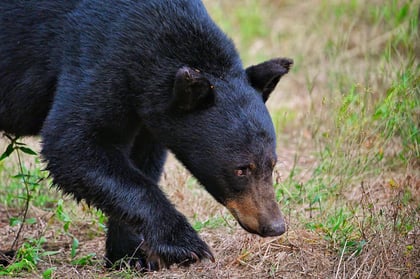
Your email address will not be published. Required fields are marked*